Calculation of radiators: determine the optimal performance
The calculation of the number of radiators must be carried out at the design stage of the system. This way we will be able to find out in advance what quantity of products we need to purchase and how to arrange them better for more efficient heating.
Recommendations on the calculation of the parameters of the heating circuit, as well as all the necessary data for this, we present in our article.
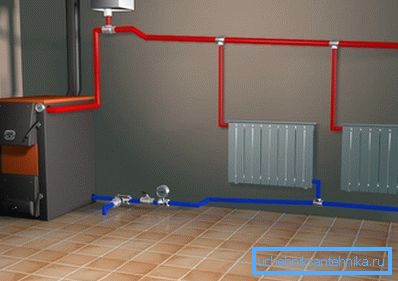
Nominal heat emission of various radiators
Before calculating the number of radiators, we need to determine which kind of heating devices we will use. The fact is that different models of heaters have their own heat transfer characteristics, and therefore, with the same performance requirements, we will need to purchase and install a different number of them.

As a rule, information on heat transfer is specified in the product specification, so the main source of information will be instructions for a particular battery model. However, below we will provide reference data that will allow you to perform at least an approximate calculation.
Note! Along with the term "heat transfer" in the documents often give the definition of "power" or "heat flux". These terms mean approximately the same thing, so you can easily use the figures provided by the manufacturer for calculations.
The performance of the heating battery depends primarily on the material from which it is made:
- Pig-iron radiators in this parameter are obvious outsiders. Thus, the nominal heat transfer rate of one section of the MC140 model is about 180 W, but the real figures rarely exceed 60-70 W. This is due to the fact that instead of the nominal 90 0C in pipes water rarely heats up above 80 0C, so that the calculation of cast iron radiators should be performed with a good margin.
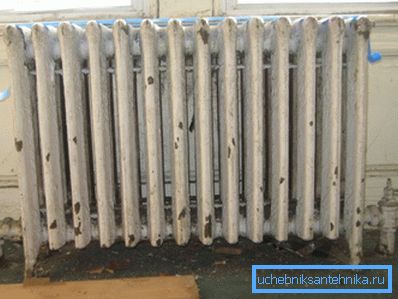
- Steel radiators are characterized by values from 170 to 190 W per section. It should be noted that these types of radiators heat loss on heating the very surface of the battery will not be as big as in cast iron. But while reducing the temperature of the water in the pipes to 70 0With (not uncommon) power will decrease very much.
- Aluminum radiators demonstrate quite good heat transfer performance - from 200 to 220 W / section. If it were not for the high price and the tendency to corrosion when in contact with polluted water, they could be safely recommended as an ideal solution.
- The calculation of the power of radiators assembled using bimetallic technology (steel pipes with aluminum heat sinks) is usually based on values similar to aluminum models. On average, the performance ranges from 150 to 200 W, which is enough for high-quality heating.
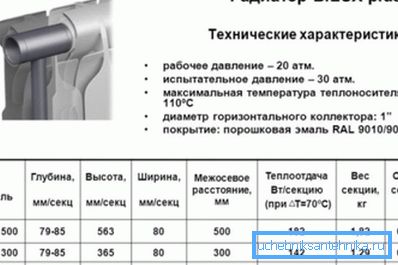
Note! Sometimes, instead of watts, product characteristics are indicated in calories per hour. To translate the values is quite simple: 1 W = 860 cal / h.
Knowing how much heat the radiator section emits, the calculation of the power of the heating battery can be performed without any difficulty.
Determining the number of batteries
Calculation of the required power
The question of how to calculate the heating battery for a particular house or apartment rests on the minimum power required for heating the room. If there are too many batteries, we will overpay for heating, and with a lack of radiators we will not be able to achieve a comfortable temperature. Consequently, we need to find the “middle ground” with our own hands. This can be done in two ways.
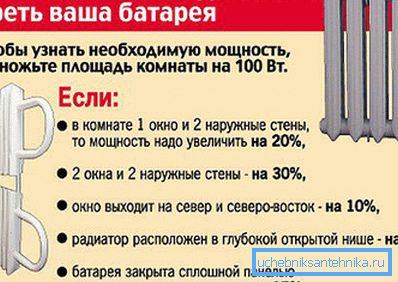
The first method of calculation is extremely simple, and is based on an analysis of the total area of the room:
- If there is one window and one outer wall in the room for which the calculation is being performed, then for every 10 m2 need 1 kW of heat capacity of batteries.
- If there are two or more windows, or two external walls, the minimum capacity is increased to 1.3 kW for every 10 square meters.
Note! All fractional values obtained in the course of calculations are rounded up. So we will get the necessary power reserve, which will be very useful either in extreme cold or when the temperature of the coolant decreases.
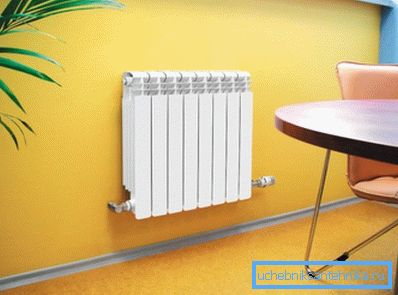
The second method is more accurate.
The calculation is performed by the formula W = S * h * 41, where:
- W - minimum heat dissipation of batteries.
- S is the area of the room.
- h - ceiling height.
- 41 - the conversion factor in watts.
The calculation of the sections of radiators for a specific example will be given in the next section.
Calculation example
So, to make it easier for us to understand all the nuances, let's calculate how many radiators need to be installed for heating a conditional room 5.5 m long, 4 m wide, with a ceiling height of 2.75 m.
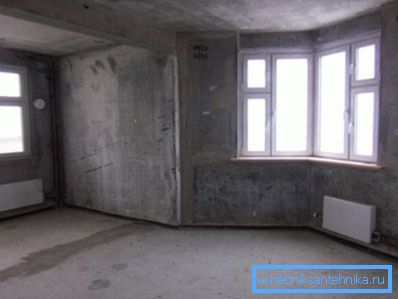
Substitute these figures in the formula and we get:
W = 5.5 * 4 * 2.75 * 41 = 2480 W = 2.5 kW (as we remember, the rounding is done in a larger direction).
Now we calculate the number of radiator sections for different metals:
- Cast iron batteries: 2500/120 = 20.8. Round up to 21.
Note! For the calculation, we take the average value of 120 W per section to compensate for losses due to a decrease in the coolant temperature. In the same way, we will somewhat underestimate the nominal values for steel and aluminum batteries.
- Steel: 2500/160 = 15.6. For stock we take 16.
- Aluminum and bimetallic: 2500/190 = 13.1. 14 edges should be enough.
It is also worth noting that some models of steel, aluminum and bimetallic radiators are produced in the form of monoblocks, i.e. not by a collection of individual edges, but by a holistic construction. In this case, the calculation should include information about the performance of the entire unit, and calculate the required number of such parts.
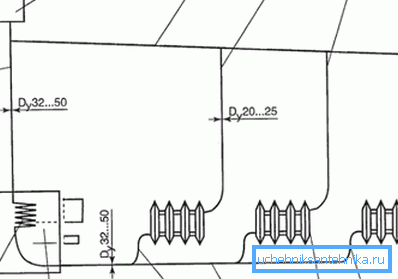
Conclusion
Having made the calculation of the heating battery in due form, we guarantee that the system equipped by us will be able to ensure the maintenance of the optimal microclimate in the selected room. In this case there will be no excess heat, leading to unnecessary waste, nor its lack. The video attached to the article will help beginners to understand in more detail the intricacies of the raised question.